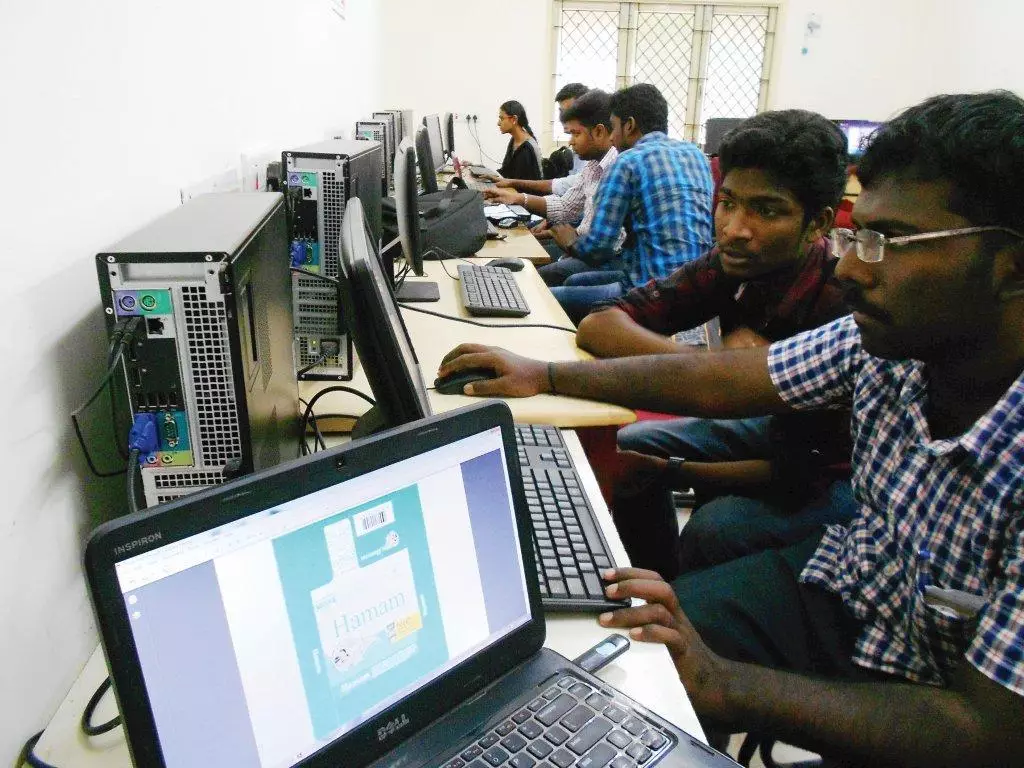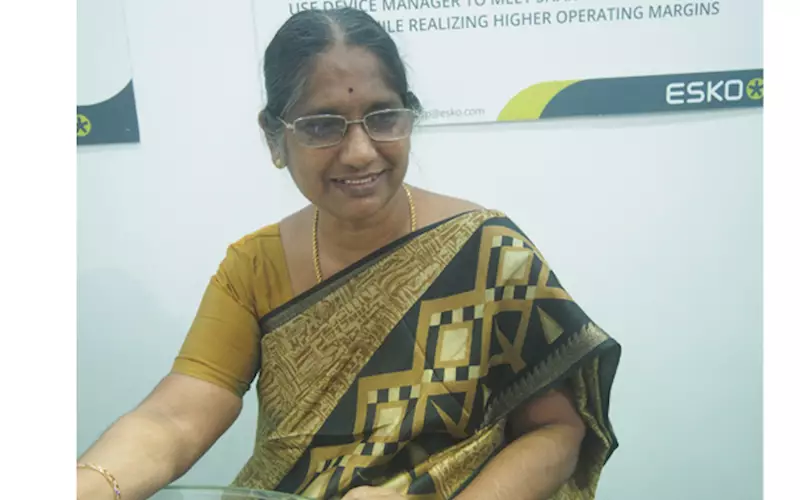Packaging gets academic push
With the launch of the Esko-powered Package Design Lab, Anna University boosts its efforts to develop skilled manpower and up the academic factor in packaging, reports Sriraam Selvam.
26 Jun 2011 | By Sriraam Selvam
One of India’s premier engineering university, Chennai-based Anna University has acquired and put to good effect a packaging software Suite from Esko India for their Department of Printing Technology.
The package which includes the ArtiosCAD structural design software, DeskPack pre-press plug-ins, and Suite 14 pre-production software, will be used in the department for the BE and ME course plus student's project work.
“We narrowed down on Esko couple of years before we managed to acquire and install them in our Package Design Lab,” says Dr N Rajeswari, Professor and Head of Department of Printing Technology at Anna University.
Packaging in Anna University curriculum
“It was in 2009 that we (at the university) predicted the significance of packaging as a crucial area of the print industry and also the growth of packaging in food, healthcare and automobile industries for the future. Its evolution in half a decade has been phenomenal and there is an increasing need for innovation and advancements, now,” says Rajeswari.
“My faculty has been monitoring the growth of the packaging industry through the years and realised Esko’s role with its software and machine solution. We wanted it to be part of our curriculum for both the bachelor and master courses. The dialogue with Esko begun in 2012 and we had clear plans about its inclusion in our syllabus,” says Rajeswari.
The Packaging Design Lab along with the Esko Suite of products is covered in ‘Packaging Technology, Packaging Design and Testing Lab’ subjects of the under-graduation and Masters courses for four and two credit score respectively.
“All students have put the Esko solutions to effective use. It caters to the needs of our graduate and post-graduate students who have created many functional product packaging as part of their projects mainly because of the software,” explains Rajeswari.
“The exposure has helped our previous batches of students in finding prominent placement in the industry. In fact, Esko themselves hired three of our students in the last year,” she adds.
Esko has its second largest research facility in India. Headquartered in Bengaluru it boasts a team of 80 researchers who create features embellishments for Esko’s software solution every year.
Projects at the Packaging Design Lab
“The students have been able to produce innovative packaging designs as part of their project work for both the BE and ME courses. Some of the designs have also found recognition and appreciation from industry experts,” said Rajeswari.

The development of a mould and secondary package for peanut candy, a secondary package with touch-open box for a mobile phone along with mini projects for FMCG products are the highlights of the work done using ArtiosCAD.
“The faculty and the students are greatly enthused and recognise the exposure offered by these tools since the end result on these projects as against the earlier practice of manual design is better,” she adds.
Delving into details of a project, Rajeswari says “One of the popular projects was the development of an innovative, eco-friendly package for smart phones which can be modified to a mobile stand.”
The structural design was carried out using ArtiosCAD software.
“Our prototype has been subjected to many tests there by confirming the stability and other aspects of the package. Modification of the package’s structural design, created using ArtiosCAD and the 3D visualisation option, helped in creating many new models,” she explains.
Rajeswari proudly highlights the packaging developed for toothpaste carton.
“The market is flooded with a large number of brands and hundreds of toothpaste products which run the risk of counterfeit. Our students came up with an option to create a carton with security features using Esko’s DeskPack plug-in ‘Dynamic Barcode’ apart from using ArtiosCAD for carton layout design and visualisation. The re-imagined packaging also resulted in drastic reduction in stacking space during distribution,” says Rajeswari.
Recently, the department was in news for receiving a UGC grant of Rs 75 lakhs for their project on new biodegradable polymeric film for food packaging. Plus there was a sponsored project titled “Freshness indicator for poultry meat packaging by inkjet printing to ensure food safety” of Rs 63 lakhs funded from DBT, New Delhi.
“We are all proud of this achievement as any recognition by UGC is massive for any University. We hope to put best use of the grant, and create an industry-ready product,” she says.
“The placement records of our department is also something we are very proud of with more than 80% campus placement taking place every year,” adds Rajeswari.
The department has a blue-print for the Packaging Design Lab in close collaboration with the the industry.
“We are keen to share our research and achievement using the Esko tools with the industry. We are planning short-term courses and workshop in co-ordination Esko India in discussion with industry leaders,” she concludes.











 See All
See All